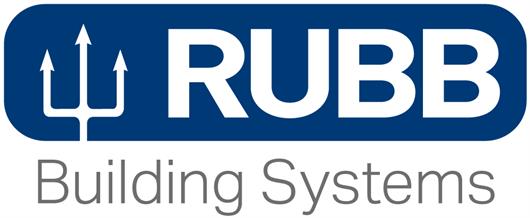It may seem like an odd question, until you notice the pattern.
Take a look at our Paignton Academy, University of York, and St Mary’s Middle School projects. Three examples of Rubb sports halls featuring blue flooring, blue rebound boards, and blue division nets—complete with smaller blue detailing, like basketball board trims or tennis net poles.
Just three examples, but you can look through our case studies if you need more evidence that we love blue for our sports projects.
Your first thought may be branding—light blue does go very well with Rubb’s logo. Though we appreciate some good colour coordination every now and again, we always choose the colour best fit for the project.





